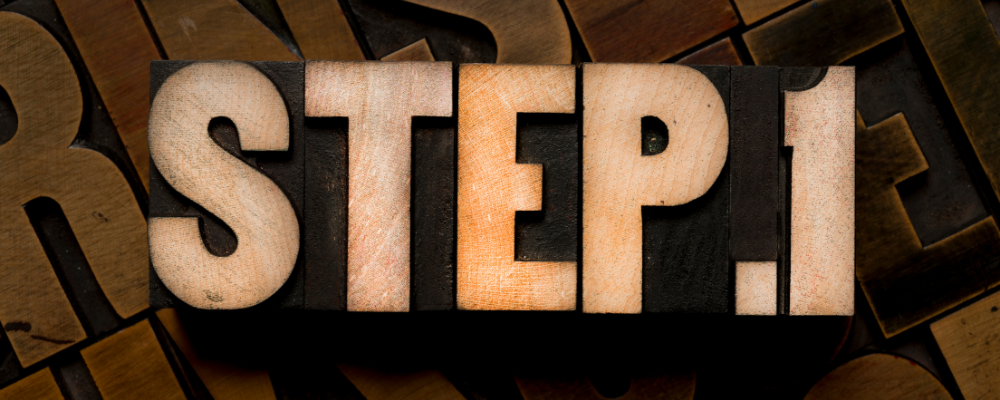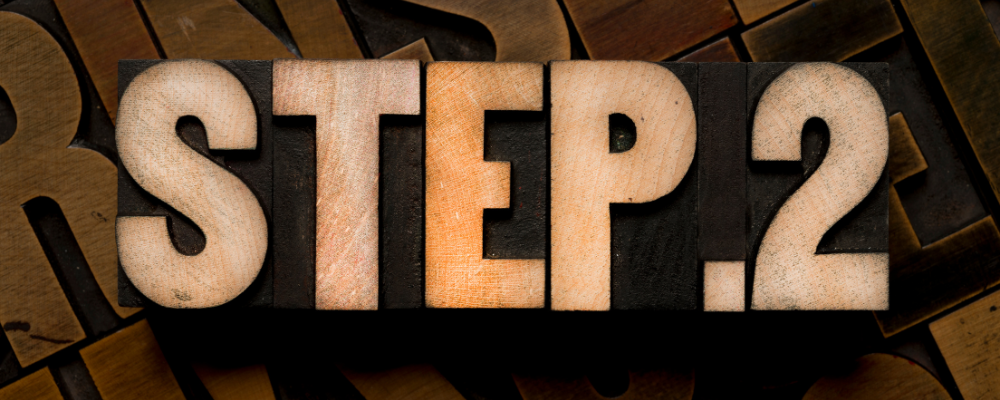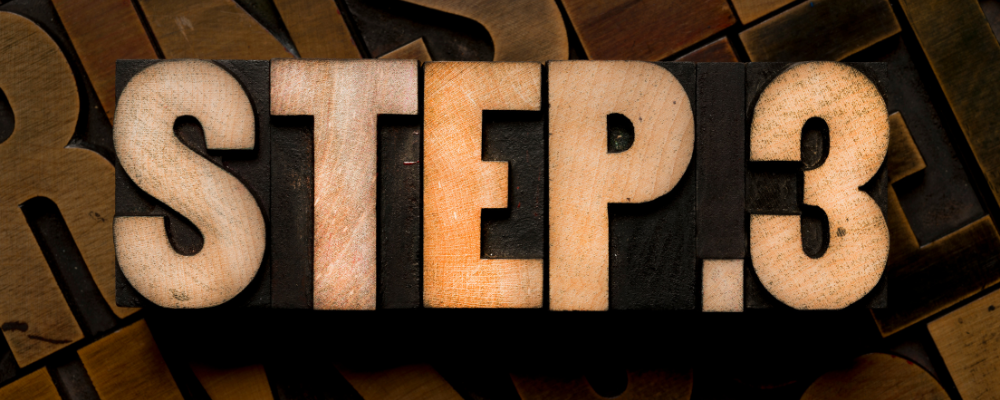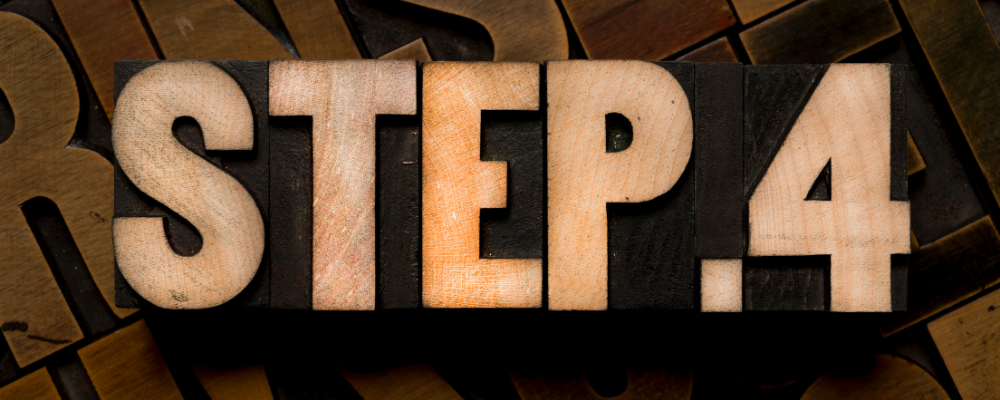How To Write A Novel: Simple 5-Step Guide

Writing a novel can be an overwhelming challenge. Many aspiring writers struggle with where to start, how to develop their ideas, or how to stay motivated throughout the process. You may be staring at a blank page, unsure how to turn your thoughts into a story. Or perhaps you’ve written a few chapters only to hit a wall. These roadblocks can make the dream of completing a novel seem out of reach, leaving you frustrated and discouraged.
This guide is here to change that. This article will give you an actionable, guided map for how to write a novel. We’ll break down the process into manageable steps, offer practical tips for overcoming common obstacles, and share resources to support you. By the end of this guide, you’ll have the tools and confidence you need to start your novel and see it through to completion.
So, without further ado, let’s get started!
Table of Contents
How To Write A Novel
What we usually mean by “how to write a novel” is how to start, cover all the core elements of a story, execute it, and stay the course until the end of your first draft. That said, let’s get right into step one. We’ll also cover what to do if you want to take the novel to the next level or perhaps even get published.
Here is your step-by-step guide on how to write a novel. I highly suggest you open a notepad or notebook and fill out your answers for each section whenever you’re ready to map your story out.
1. Quick Concept Development

Every novel starts with an idea, a spark that ignites the imagination. In this step, you’ll focus on distilling your story idea into one clear sentence. This sentence is your story’s foundation, giving you a reference point as you develop your plot and characters. Defining your concept early ensures that your story remains focused and cohesive.
In one sentence, what is your story about?
Write down the main idea of your story in one sentence. If you get stuck, think about the “What if?” scenario that sparked your interest.
- Example: “A young scientist cracks time travel and must stop a catastrophic future she caused.”
You May Also Like: How To Get Ideas For Writing – 6 Must-Know Tips
2. Basic Genre And Theme Selection

Depending on your concept, you may already know your genre. If you don’t fit squarely within one, that’s fine. If you do, keeping that in mind from the outset helps guide your creative decisions as you write.
The theme adds depth and meaning to your story and complements the plot. Think of this as what you want to say with your story’s plot. By selecting these early, you can better align your plot, characters, and setting with your chosen genre and the message you wish to convey with your story.
Which genre best fits your story?
Is it sci-fi, fantasy, mystery, etc.? Choose a genre that feels right for your idea.
- Example: My example story will be science fiction.
What underlying message or theme do you want to explore?
Write down one or two themes you want to explore in your story.
- Example: “The consequences of playing with time, the price of ambition, self-worth, sacrifice.”
3. Simple Character Sketching

Characters are the heart of any story, driving the plot and connecting with readers on an emotional level. In this step, you’ll create a basic sketch of your protagonist, focusing on their core traits, motivations, and fears.
This early character development ensures that your protagonist is well-rounded and relatable, making writing authentic and engaging scenes easier. If you have other major characters in mind (such as an antagonist), feel free to repeat these steps for them, too. However, I recommend you keep it to the most important few for now.
Who is your main character(s)?
Write a brief description of your main character, focusing on their age, occupation, and one key trait.
- Example: “Sarah, a brilliant but impulsive scientist. Age 30, highly ambitious and driven to prove herself to her ex-husband, a lead researcher.”
What drives them? What do they want or fear?
Write down your main character’s primary motivation(s) or fear.
- Example: “Sarah wants to perfect time travel and be recognized by her peers for her work. Her greatest fear is failure and letting herself down. Bitter from her divorce, she feels a deep need to succeed where he ex hasn’t.”
4. Plot Outline And Conflict

Plotting is very important but doesn’t have to be complicated. You create a simple roadmap that keeps you on track by breaking your story down into three key plot points—beginning, middle, and end. This step gives you a clear sense of direction and helps prevent writer’s block and major pacing issues.
Write down these three plot points for your story to create a basic structure.
How does your story begin?
This refers to the catalyst for your plot, not the opening scene. What event kicks your story off?
- Example: “Sarah gets the break she has been looking for but accidentally sends herself ten years into the future.”
What major event changes everything for your character?
This is an event that takes your character from what was initially driving them on a new path.
- Example: “She discovers that her future self has caused a catastrophic event.”
How does the story end?
This one can be hard, but you’ll need an idea of how your story will resolve.
- Example: “Sarah learns the price of relentless ambition and sacrifices her time machine to undo the disaster. Coming to terms with her divorce and achievements but must sacrifice the reality where she achieved her goals.”
Aside from the events of beginning, middle, and end you’ll need some escalating conflict that builds, keeps readers interested, and finally resolves. This portion of the plot outline step will help you map out your conflicts and resolution.
What is the central conflict in your story?
Write down the central conflict in one sentence, clearly defining what your protagonist is up against.
Example: “Sarah versus the government trying to stop her from undoing the future while grappling with the consequences of her ‘success’ and ambition.
What are the stakes for your main character?
Note what your character stands to lose or gain, ensuring that the stakes are high enough to engage readers.
- Example: “If Sarah fails, she could forever lose the people she cares about most. However, she wants to find a way to prevent the catastrophe without undoing her achievement.”
What are your secondary conflicts?
Identify at least one additional conflict that adds depth to your story, like a personal dilemma or relationship that complicates the main plot.
- Example: “Sarah’s internal struggle with the need to succeed at any cost and the consequences of her ambition.”
5. Daily Writing Setup

Once you have your foundational elements in place, it’s time to establish a consistent writing routine and write the first draft of your story. This step focuses on setting realistic goals to help you develop a habit of writing regularly. My general advice here is the following:
- 1. Start Small And Be Consistent (15 to 30 minutes a day)
- 2. Set Realistic Writing Goals
- 3. Schedule Your Writing Time
- 4. Be Disciplined
- 5. Overcome Distractions While Writing
You can read my complete in-depth guide on these five steps in How To Build A Beginner Writing Routine.
The Next Steps

With the above questions answered you’ll have an excellent foundation for your story. However, you’ve still got to write it. Of course, you’ll still run into challenges and things may change some from your initial answers; That’s ok. The idea here is to cover your story fundamentals so that you can focus on the actual writing with minimal hang-ups.
That said, I have a continued reading section that I recommend you bookmark and reference as needed should you run into trouble or find problems with the finished product.
- How To Write Dialogue In A Story
- Mastering Pacing In Novels And Screenplays
- 12 Common Beginner Writing Mistakes You Must Avoid
Revise Your Draft
Once you’ve finished the first draft of your novel (congratulations!), you’ll have your diamond in the rough. No matter how good of a writer you are, this first draft won’t be perfect, and you’ll likely want to go back and edit/improve the story.
This is an art in and of itself, but here are some general ideas for editing. If you write with LivingWriter, the features and AI tools can help with almost all of these steps. So, if you haven’t tried the best app for writers in 2024, give it a go, and you won’t regret it.
1. Take a Break
Before diving into revisions, give yourself some time away from the manuscript. This break allows you to return to work with fresh eyes and a more objective perspective. Even a few days can significantly affect how you see your story.
2. Read Through Your Manuscript
Start by reading your draft from start to finish without making any significant changes. This initial read-through helps you get a sense of the story as a whole. Take note of any glaring issues, plot holes, or areas where the pacing feels off, but focus on absorbing the story rather than fixing it.
3. Evaluate the Structure and Plot
After your initial read, assess your novel’s overall structure and plot. Ask yourself:
- Does the story flow logically from beginning to end?
- Are there any plot holes or inconsistencies?
- Is the conflict compelling throughout and resolved in a satisfying way?
- Does the pacing feel right, or are there slow or rushed sections?
Consider using tools like LW plotting boards or outlines to ensure your plot is well-organized and coherent.
4. Refine Your Characters
Examine your characters’ development throughout the story. Make sure each character has a clear arc and that their actions and decisions align with their motivations. Ask:
- Are your characters consistent and believable?
- Do they grow or change in meaningful ways?
- Are their relationships and interactions with other characters dynamic and engaging?
Strengthening character development can add depth and emotional resonance to your story.
5. Enhance Dialogue and Description
Review your dialogue and descriptions to ensure they’re effective and engaging. Dialogue should feel natural and serve a purpose, whether revealing character, advancing the plot, or adding tension. Descriptions should be vivid and concise, painting a clear picture without overwhelming the reader. Ask:
- Does the dialogue sound authentic?
- Are the descriptions clear and evocative?
- Is there a good balance between dialogue, action, and description?
6. Tighten Your Prose
Go through your manuscript with an eye for tightening up your prose. Look for areas where you can cut unnecessary words or phrases, simplify sentences, and remove redundancies. This step is about making your writing as clear and impactful as possible. Ask:
- Are there any repetitive words or ideas?
- Can any sentences be made more concise?
- Is the language active and direct?
- Are there unneeded or overly long sections or chapters?
7. Proofread for Grammar and Punctuation
Finally, go over your manuscript to correct any grammatical, spelling, or punctuation errors. This is the polishing stage, where you ensure your manuscript is clean and professional. Consider using tools like grammar checkers, but don’t rely solely on them; a careful manual review is essential.
8. Seek Feedback
Once you’ve completed your revisions, consider sharing your manuscript with a trusted friend, writing group, or beta readers. Fresh perspectives can reveal issues you might have missed and offer valuable insights. Be open to constructive criticism and use it to further refine your work.
At this point, you could consider checking out my article on How To Get A Book Published: Guide to Agents, Editors & More. It’s a comprehensive look at publishing and how you should approach it. It explains agents, editors, and other things.
Resources To Help You Write Your Novel

In this section, I want to provide some suggestions and links to various resources to help in various stages of writing your novel.
Research and Inspiration
- Advanced Google Search: In Google Search (and other engines), there are words called “operators.” These keywords can get you much more specific results than generic search words. Check out a brief guide in How to Do Research Like A Boss on Reddit.
- Google Scholar: If you need more academically-minded search results, don’t do your search in the general Google engine. Use Google Scholar to search research papers specifically.
- ChatGPT and other AI: AI tools like ChatGPT and Gemini can be great places to do general research since you can ask very specific questions. Just be sure to fact-check the info before using it.
Writing and Editing Resources
In addition to LivingWriter, which can check your manuscript for grammar, punctuation, style, and much more, Grammarly is an easy-to-use tool that can help with basic corrections. There are free versions that you can check out here.
Books To Read
There are a plethora of books about writing. To avoid overloading you, I’ve picked my personal top three that I suggest all writers check out. They’re short, sweet, and worth their weight in gold, as far as I’m concerned. I recommend:
- “On Writing” by Stephen King: A must-read offering Stephen King’s writing advice.
- The Elements of Style by Strunk and White: A timeless guide to clear and concise writing.
- Writing Down the Bones by Natalie Goldberg: Focuses on the creative process and freeing your writing spirit.
Community and Feedback
- Critique Circle: An online community where you can share your work and receive feedback from other writers. Sign up for free at Critique Circle.com.
- Reddit’s r/writing: A subreddit dedicated to writing where you can ask questions, share ideas, and get feedback from fellow writers.
Conclusion
Writing a novel is a rewarding yet challenging journey. Following these simple “How to write a novel,” steps, you can be well on your way to turning your idea into a story that readers will love. Remember, the key to success is persistence, creativity, and a willingness to revise and refine your work.
Whether you’re writing your first novel or your tenth, these guidelines will help you navigate the process and bring your story to life. So, take the plunge, answer the questions above and start writing! Until next time, take care and happy writing.